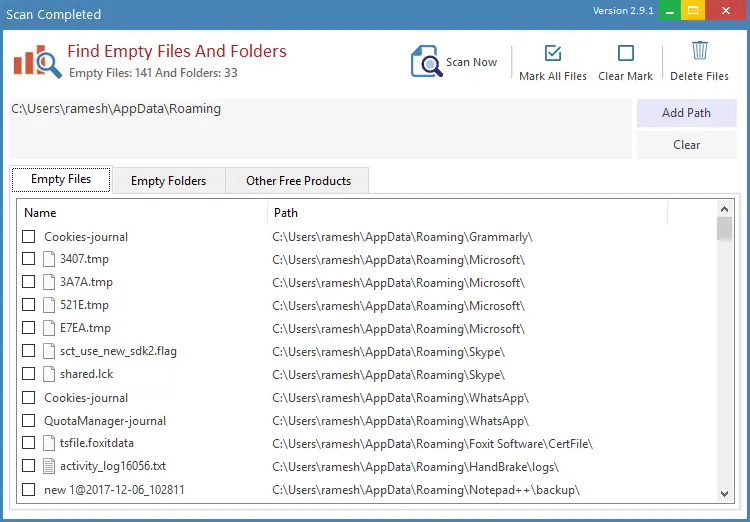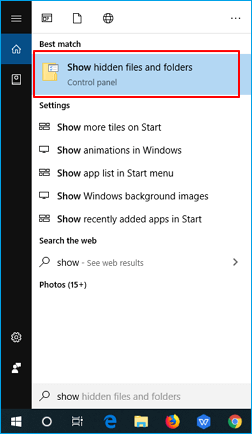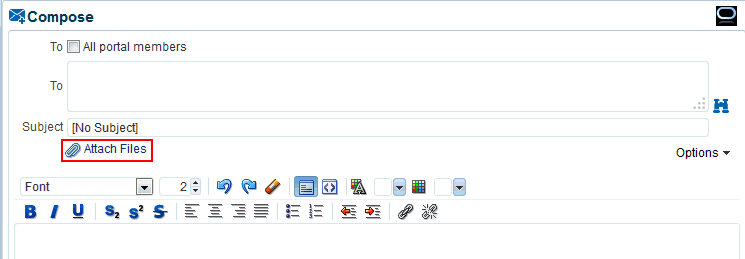
- Dos locate zero byte file upgrade#
- Dos locate zero byte file series#
- Dos locate zero byte file windows#
Dos locate zero byte file windows#
For example if you are within the C:\WINDOWS\COMMAND> directory this would take you to C:\WINDOWS>Ĭd windows - Changes to the Windows subdirectory of the current directory (if it exists). This command and it will display all files one page at a time.ĭir /w - Lists just the files and directories, going horizontal, and taking as little as space needed.ĭir /a:-s - This would list all the files that aren't system files in the current directory.Ĭd \ - Changes current directory to the highest level of the current drive (the root directory).Ĭd.
Dos locate zero byte file series#
A new path can beĭefined by typing the command Path, where refers to the series of directories for the path. Path at a DOS prompt will display the current DOS path. The path refers to the directories in which DOS will look for commands.


The *(asterisk) character is used as a wildcard in DOS.Any of the flags or paths listed in square brackets- are optional-all others are required.dir /? will display information about the syntax and options of the DIR command). Quick reference information for any of the following commands can be displayed by adding the /? flagĪfter the command.Some of these commands will not work with Windows NT, 2000, XP or with certain boot disks.Files that are deleted with DOS Commands are permanently deleted. Note: Some of these commands can cause damage to your system if used improperly.More will be explained about syntax andĪdditional flags under each specific command.Ĭlick on a command to receive more information about it. Keyword, followed by optional flags, followed by a path. Here's an example of how a DOS command prompt commonly looks:Ĭommands are typed and echoed to the screen at the cursor's location. Where "X" represents the letter of the active drive, and "PATH" refers to the present working directory. The prompt itself usually takes the following form: Users of any Windows system can invoke a command prompt by performing the following steps:Ī command prompt window is generally white or gray text on a black background. Also, most bootable floppy disks will boot the system directly to a DOS environment. Many tasks that can be performed in the Windows graphical environment can be performed much more quickly and efficiently by utilizing DOS commands. The command prompt allows Windows users to issue DOS commands to the system.ĭOS commands are useful to Windows users for a variety of reasons.

Modern versions of Windows (Windows 95 and greater) no longer run on top of DOS, but do retain a DOS-like user interface called the "MS-DOS Prompt" or "Command Prompt". The earliest versions of the Microsoft Windows operating system were really just applications that ran on top of the MS-DOS operating system. It has a relatively simple-but not overly "friendly"-user interface. DOS is a non-graphical line-oriented command-driven computer operating system.
Dos locate zero byte file upgrade#
It is highly recommended that you upgrade to Windows 10 or 8.ĭOS (Disk Operating System) was the first widely-installed operating system for IBM-compatible personal computers. No further development will take place on these products and security updates are no longer issued.

These products are no longer actively supported by Microsoft. If we are unable to resolve your Windows 9x/2000/XP/Vista issue, you may be able to find help in Microsoft's Knowledge Base. NOTE: Windows 95/98, Windows Me, Windows 2000, Windows XP, and Windows Vista are no longer supported by the Help Desk. Introduction to basic DOS command prompt use.


 0 kommentar(er)
0 kommentar(er)
